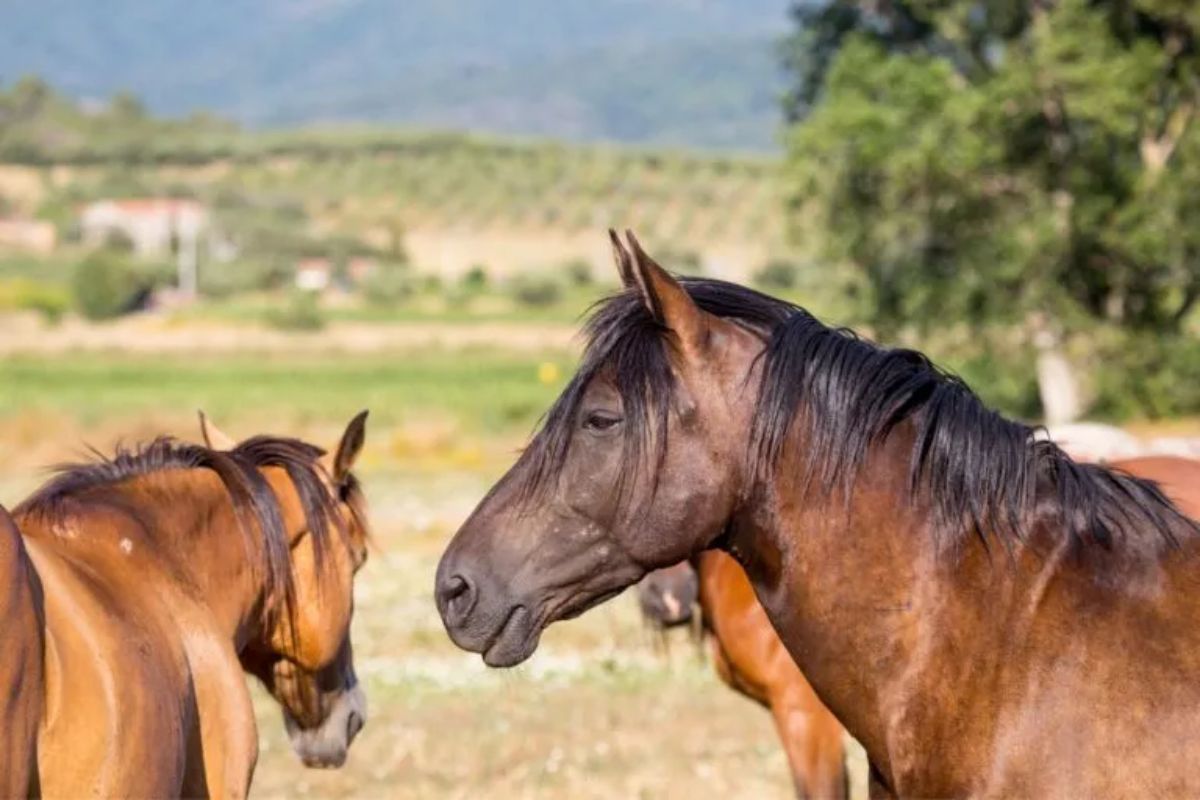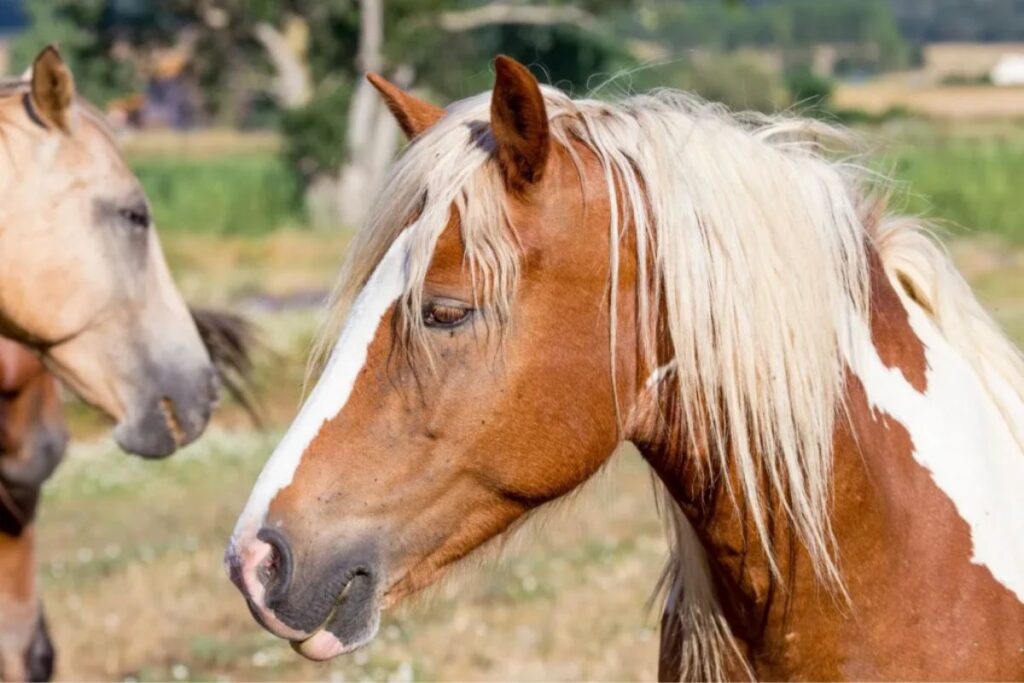Menu

In the northern part of Italy, you can find the traditional and beautiful region of Tuscany. With over 120 nature reserves, world-renowned food culture, and a rich cultural heritage, there are many things to experience as a visitor. In addition to being the region that is home to the main city of Florence, it is also where a very special breed of horse can be found. Horses with a history as important as the area itself.
To understand what makes this horse so special, it is essential first to see where they come from. Tuscany has a terrain that mostly consists of hills, which make up two-thirds of the region. About a quarter of Tuscany is mountainous, leaving not much room left to ride on - only less than a tenth of the landscape consists of plains.
In the Chianti region in the middle of Tuscany, there are fruit orchards as far as the eye can see, and there, the grapes used for fine red wine of the same name grow. In the southernmost part of the region, you can find the Maremma area. Here, they raise the beef cattle that the famous and exclusive Florentine steak is made from.
Read also: Konik: Small Horse in Polish
This is where the Maremmana breed has its origins. The breed, also called Marremano, is thought to be descendants of a stock from North Africa, which was bred with Spanish horses, Berber horses, and Arabians. The result was an exceptionally hardy horse that could handle the difficult terrain and the changing weather, which brings more and more challenges the further one travels from the sunny, western coastline.
It was used to transport precious local goods up and down the hills. It could also be ridden and was extensively used for cattle herding, including herding the buffaloes that go by the same name as the horse breed. But despite its many talents, this was not a horse that won beauty contests.

Unfortunately, we do not know precisely what it looked like in the past. However, we do know that during the 19th century, the breed was crossed with Italian thoroughbreds and the British Norfolk roadster, which rounded its (presumably) slightly sharp and rustic appearance.
The horse naturally has a prominent and muscular mane and sloping shoulders. The neck is slender, wide at the bottom, and the head a bit heavy. The back is short. And most importantly, the breed has strong legs with good joints and solid hooves. The colour is brown, chestnut or black, with or without white markings; however, there are also a few Maremmanas that are grey or dappled individuals. The horse's stride can be described as brisk and energetic, and it stands between 152 and 160 cm tall.
Read also: Portrait: Dressage Star Jessica von Bredow-Werndl
The Maremmana is valued for its calm disposition and intelligence. This means, of course, that it quickly learns new things and is relatively easy to train. It is known for being loyal and fond of people, and all of this together makes up the qualities of a skilled riding horse. Whether it's competition riding, leisure riding, or hard work, the horse from Maremma has the temperament for all challenges.
Although the Maremmana breed is primarily a riding horse, it is still connected to old riding traditions from its homeland. In the USA, they have cowboys. Spain has vaqueros. In Argentina, they have gauchos. In Tuscany, the riding cattle drivers are called butteri, and on the first Sunday in August, the